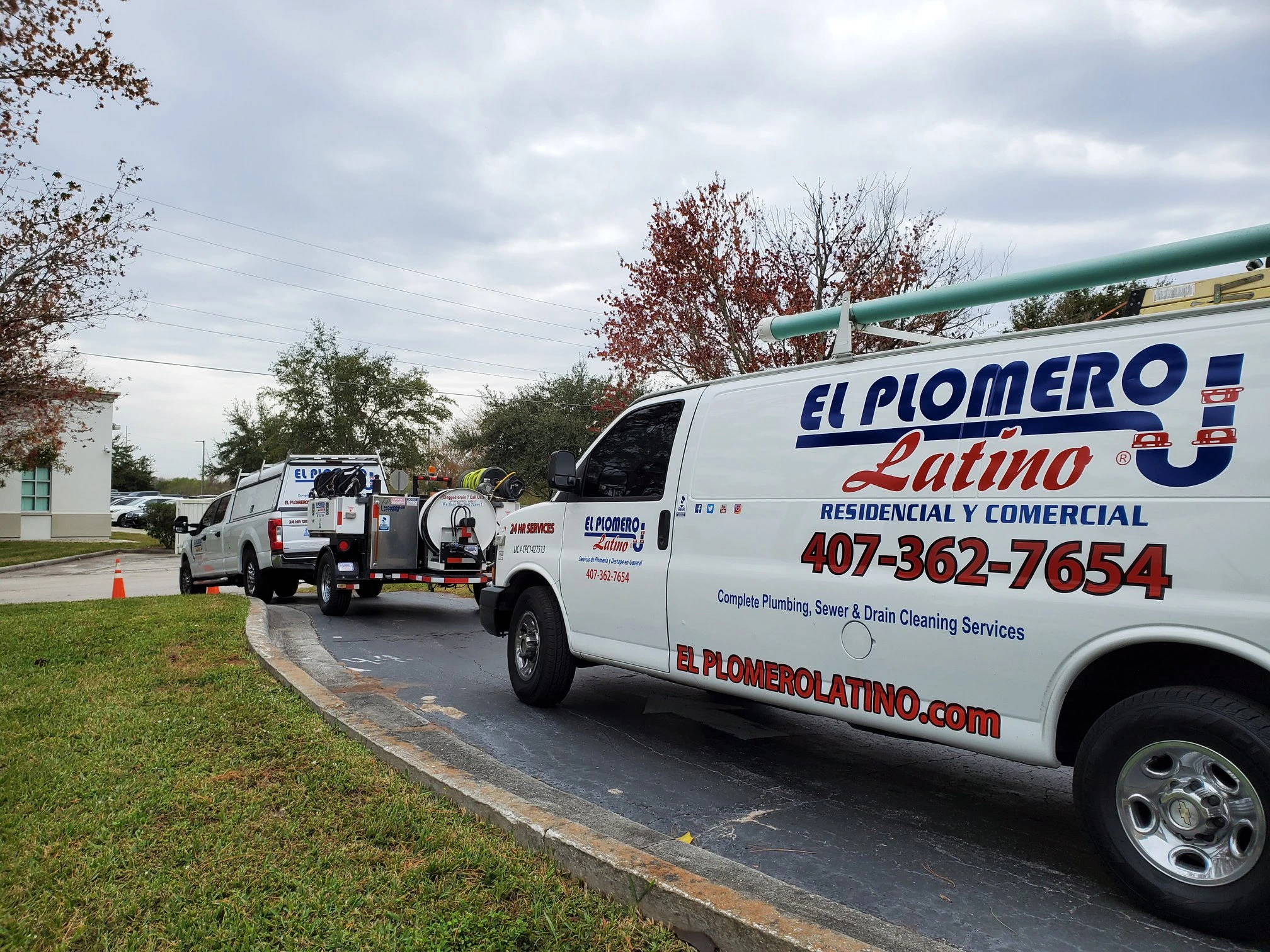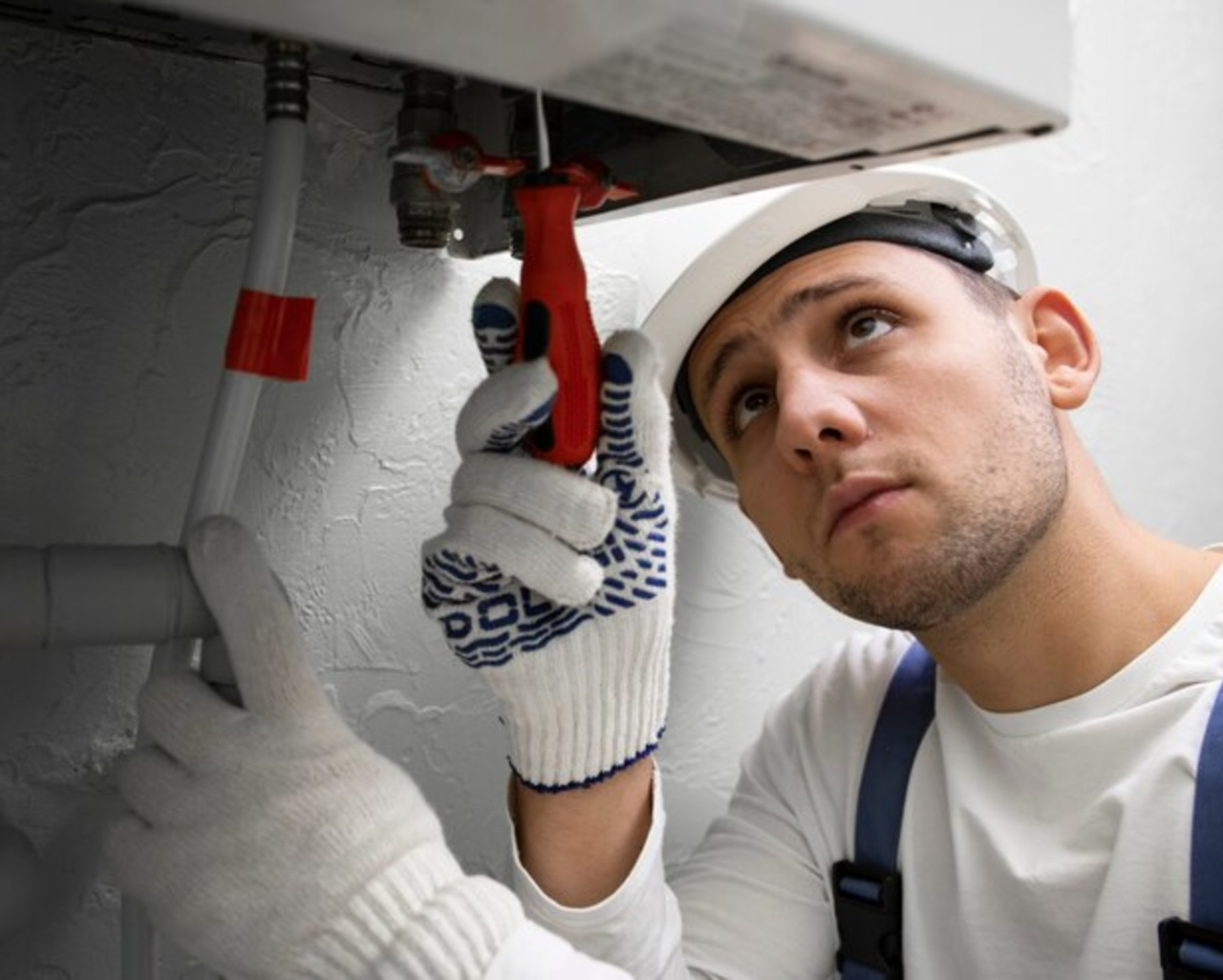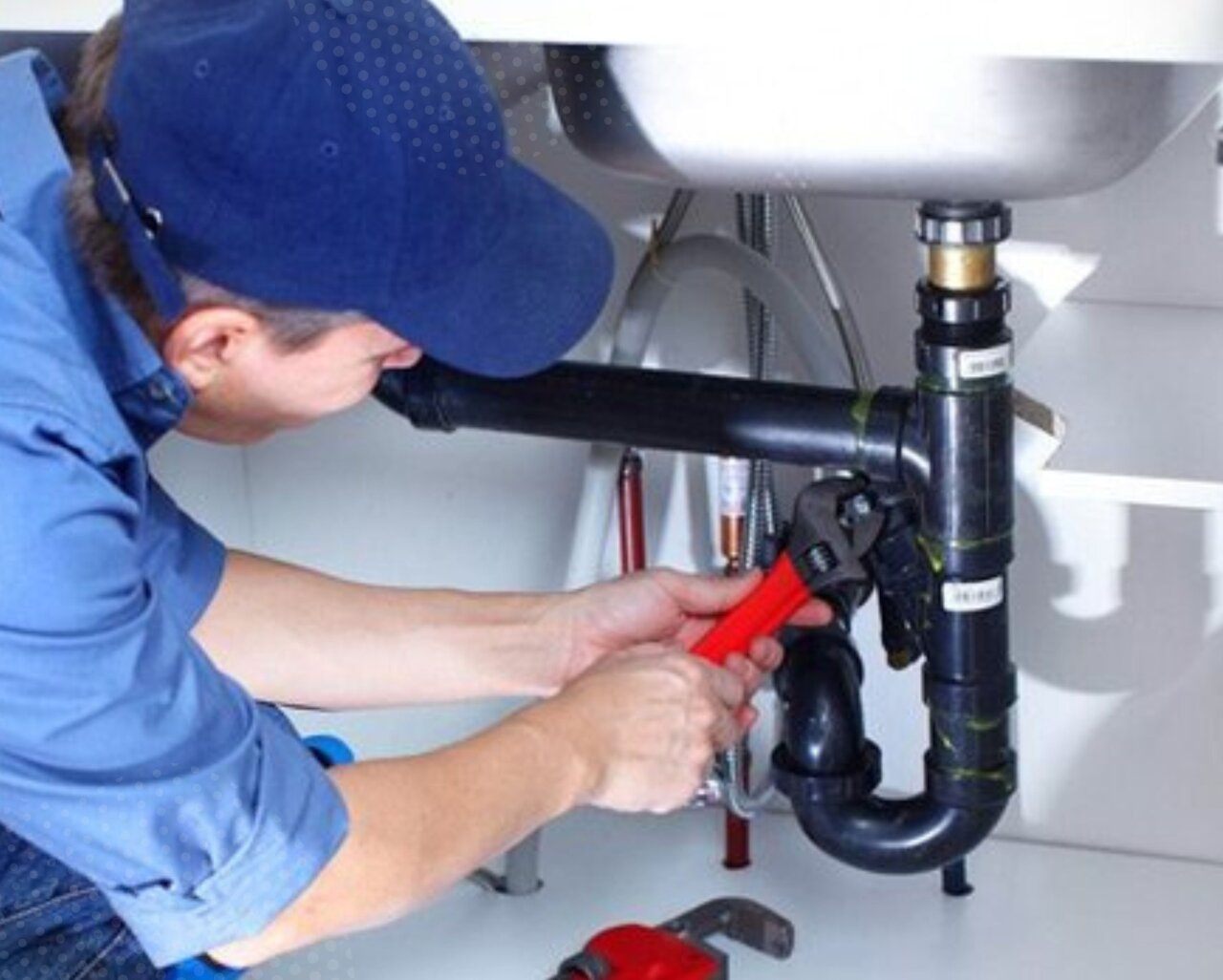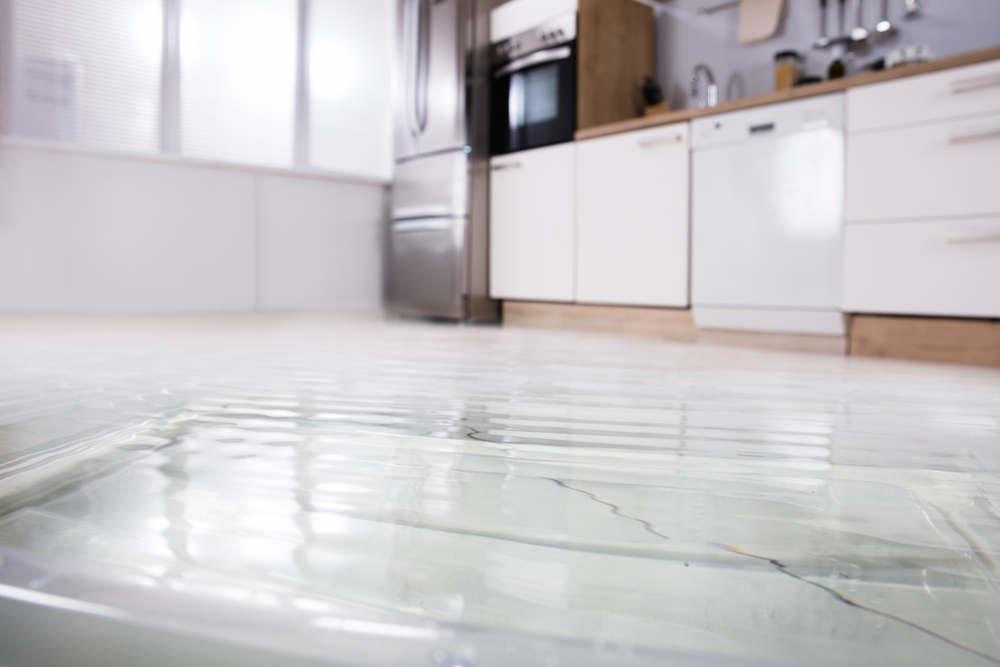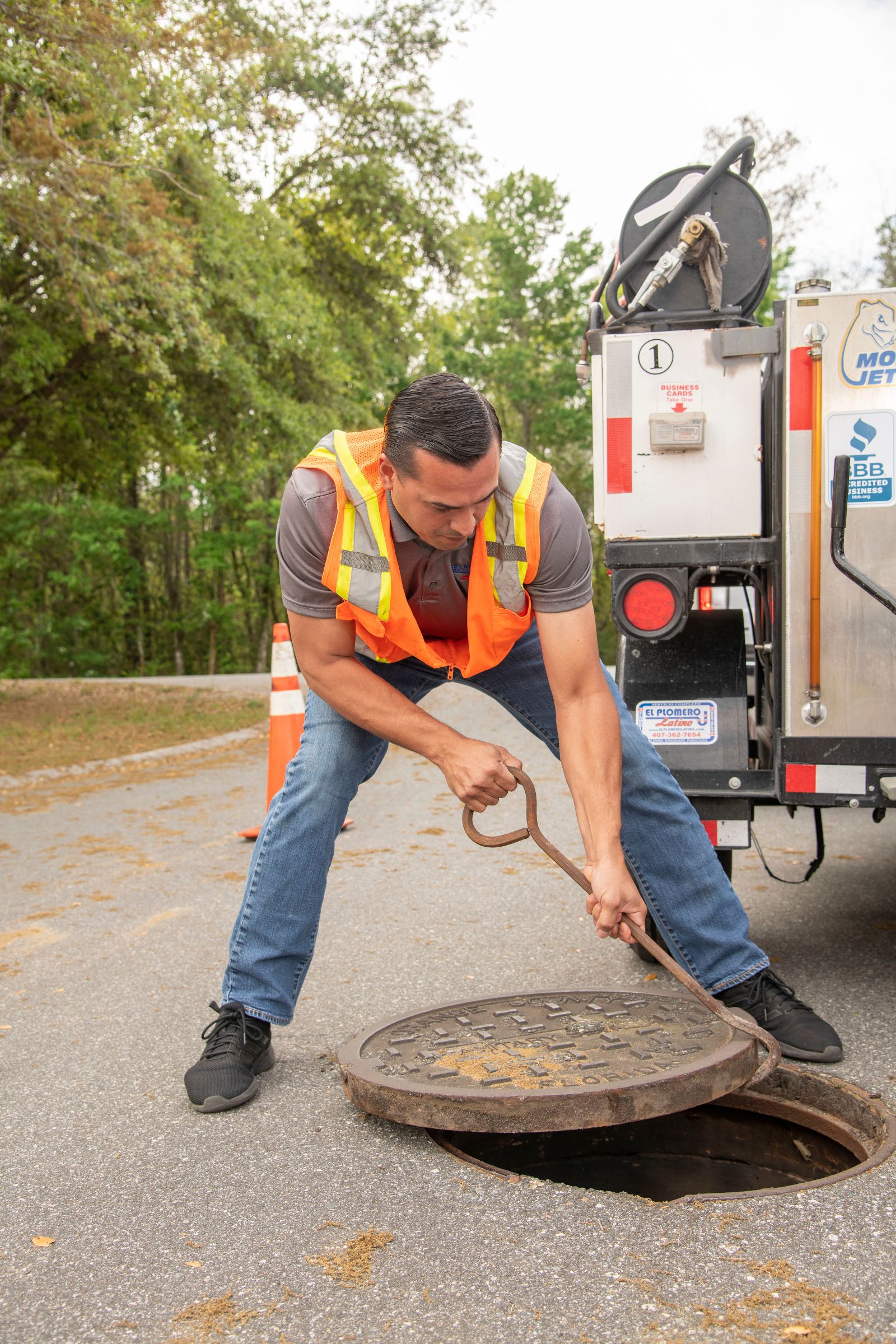As a homeowner, one of your primary concerns is keeping your plumbing system in tip-top shape. One of the most critical components of your plumbing system is the pipes. They transport water to and from your home, making modern life convenient and comfortable. However, like any other part of your home, pipes have a lifespan, and they can deteriorate over time. If left unchecked, this can lead to significant leaks, corrosion, and even a complete pipe failure. So, how do you know if your pipes need to be replaced? In this article, we’ll explore some of the warning signs to look out for and what you can do to ensure your plumbing system is in top shape. From unusual noises to discoloration, we’ll cover all the tell-tale signs that your pipes may be in trouble, so you can take action before it’s too late. So, let’s dive in and learn how to keep your plumbing system running smoothly for years to come.
Signs your pipes may need to be replaced
Pipes are an essential part of your home’s plumbing system, and they should be regularly maintained to ensure they are in good working condition. Over time, pipes can become corroded, damaged, or leaky, and it’s important to know the warning signs so you can take action before it’s too late. Here are some of the most common signs that your pipes may need to be replaced.
Age of pipes
The age of your pipes is one of the most critical factors to consider when determining if they need to be replaced. Most pipes have a lifespan of around 20 to 50 years, depending on the material they are made of. If your home is over 50 years old and still has the original pipes, it’s time to start thinking about a replacement. Even if your home is younger, it’s still important to keep an eye on your pipes and look for signs of wear and tear.
Material of pipes
The material of your pipes can also affect their lifespan and durability. Older homes may have pipes made of galvanized steel or cast iron, which can corrode over time and lead to leaks and other issues. Copper pipes are more durable and can last up to 50 years or more. PVC pipes are also an excellent choice, as they are resistant to corrosion and can last up to 100 years.
Water quality
Poor water quality can also lead to problems with your pipes. Hard water, which contains high levels of minerals such as calcium and magnesium, can cause build-up and clog your pipes over time. If you notice that your water is discolored or has a strange odor, it may be a sign that your pipes are corroded or damaged.
Water pressure
Low water pressure can be a sign of several issues, including leaks or clogs in your pipes. If you notice that your water pressure has decreased significantly, it’s essential to have your pipes inspected to determine the cause of the problem.
Corrosion
Corrosion is one of the most common issues with older pipes. Over time, pipes can become corroded, which can lead to leaks, discoloration, and other problems. If you notice that your pipes are discolored or have visible signs of corrosion, it’s time to consider a replacement.
Leak detection
Leaks can be a sign of several issues, including damaged or corroded pipes. If you notice water stains on your walls or ceilings, it’s essential to have your pipes inspected to determine the cause of the problem. Ignoring leaks can lead to significant damage to your home and can be costly to repair.
When to call a professional
If you notice any of the warning signs mentioned above, it’s essential to call a professional plumber to have your pipes inspected. A qualified plumber can assess the condition of your pipes and determine if they need to be replaced. They can also recommend the best course of action to ensure that your plumbing system is in top shape.
Replacing pipes: the process
Replacing pipes can be a significant undertaking, but it’s necessary to ensure that your plumbing system is in good working condition. The process of replacing pipes can vary depending on the extent of the damage and the type of pipes being replaced. Here are the general steps involved in replacing pipes.
Inspection
The first step in replacing pipes is to have an inspection done. A qualified plumber can assess the condition of your pipes and determine if they need to be replaced. They can also recommend the best course of action to ensure that your plumbing system is in top shape.
Pipe removal
Once it’s determined that your pipes need to be replaced, the old pipes will need to be removed. This can be a time-consuming and messy process, as it often involves cutting through walls and floors to access the pipes.
Installation of new pipes
After the old pipes have been removed, the new pipes can be installed. The type of pipes used will depend on several factors, including the age of your home, the material of your existing pipes, and your budget.
Testing
Once the new pipes have been installed, they will need to be tested to ensure that they are in good working condition. A qualified plumber can perform tests to check for leaks, clogs, and other issues. They can also make any necessary adjustments to ensure that your plumbing system is functioning correctly.
Types of pipes to choose from
When it comes to replacing pipes, there are several options to choose from. The type of pipes you choose will depend on several factors, including the age of your home, the material of your existing pipes, and your budget. Here are some of the most common types of pipes used in plumbing systems.
Copper pipes
Copper pipes are a popular choice for plumbing systems, as they are durable and long-lasting. They can last up to 50 years or more, depending on the quality of the installation and the water conditions.
PVC pipes
PVC pipes are an excellent choice for plumbing systems, as they are resistant to corrosion and can last up to 100 years. They are also affordable and easy to install, making them a popular choice for homeowners.
PEX pipes
PEX pipes are a newer option for plumbing systems, but they are quickly gaining popularity. They are flexible and easy to install, and they are resistant to freezing and bursting. They can also last up to 50 years or more.
Preventing future pipe issues
To ensure that your pipes remain in good working condition, it’s essential to take steps to prevent future issues. Here are some tips to help you keep your plumbing system running smoothly.
Regular maintenance
Regular maintenance is critical to ensuring that your plumbing system is in good working condition. Have your pipes inspected by a qualified plumber every few years to check for signs of wear and tear. You can also perform regular maintenance tasks yourself, such as cleaning your drains and checking for leaks.
Water softening
If you have hard water, it’s essential to take steps to soften it. Hard water can cause build-up and clog your pipes over time, leading to significant issues. Installing a water softener can help prevent this from happening.
Temperature control
Extreme temperatures can cause your pipes to expand and contract, leading to leaks and other issues. To prevent this from happening, it’s essential to keep your home at a consistent temperature year-round.
Conclusion
Your pipes are an essential part of your home’s plumbing system, and it’s important to keep them in good working condition. By knowing the warning signs of pipe issues and taking steps to prevent future problems, you can ensure that your plumbing system is running smoothly for years to come. If you notice any issues with your pipes, don’t hesitate to call a professional plumber to have them inspected. With the right care and maintenance, your pipes can last for decades, keeping your home comfortable and convenient.

